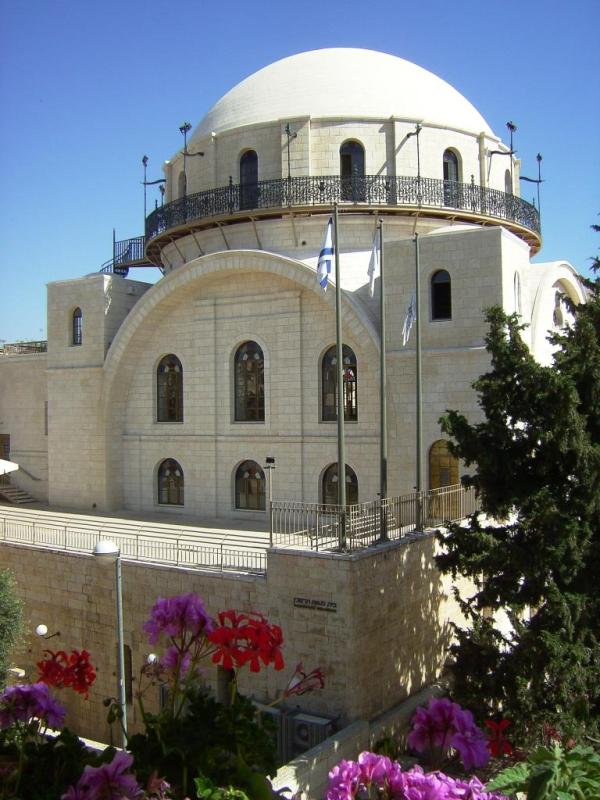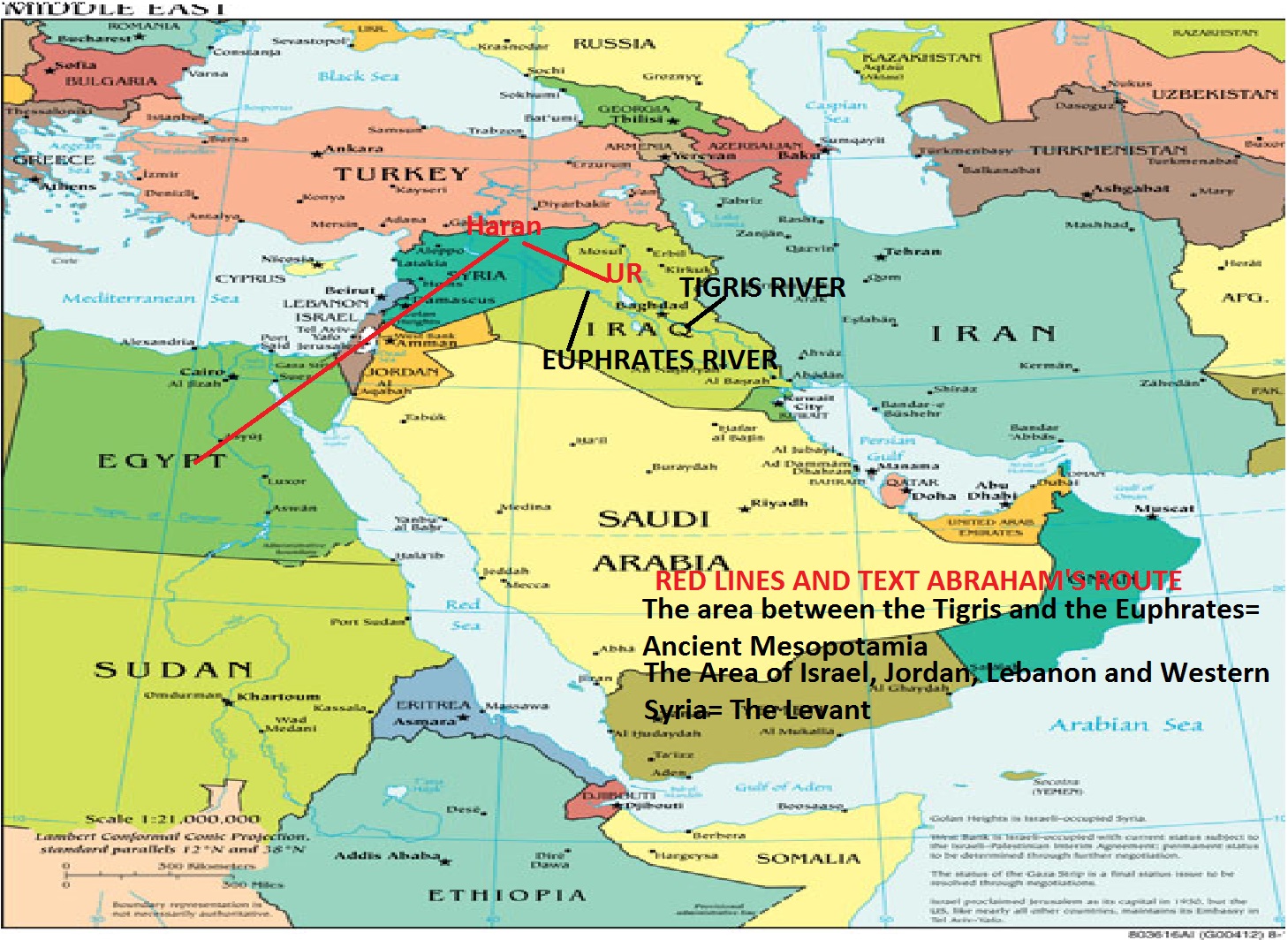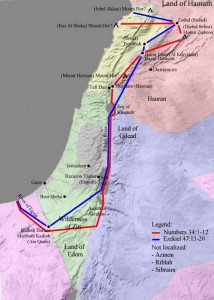Finally …. as promised – The Movement of the Month this Month is the Aliya of Rabbi Yehuda HaChasid.

Yehuda HaChasid’s followers built this beautiful synagogue pictured above. This synagogue was destroyed in 1948 by the Jordanian forces and was rebuilt this year. But this was not the first time that it was destroyed….
Judah the Righteous or Yehuda HaChasid (the Righteous) was a mystical leader in Southern Ukraine in the late 1600s. He wrote many mystical works and started 2 movements: a movement for mysticism in Easter European (Ashkenaz) Jewry called ‘Chasidei Ashkenaz’ and a group to settle Israel. He believed that the Messiah ‘s coming was imminent and so he went with some of followers to the Holy Land. This group that went to Israel were called the Holy Community or ‘HaChevra HaKedosha’.
The group was shunned by many who assumed them to be associated with the groups of the False Messiah Shabbtai Tzvi.
Before their ‘Aliya’ or immigration (also means to go up) they collected many pledges of money to help them build their new community.
Calamity befell- soon after their arrival in the Holy Land Rabbi Yehuda fell ill and died. As all the pledges were in his name, the community became impoverished and unable to pay their debts to the local Ottomans. The synagogue was destroyed and the people beaten and a law was made forbidding Ashkenazic Jews entry to Jerusalem until a repayment was made nearly 500 years later.
The synagogue was known as a ruin or ‘Hurva’ for a very long time., so long that when it was rebuilt in the 19th and twentieth centuries (yes it took that long to rebuild it! – nearly 80 years due to money problems, again!), even though it had the name ‘Beit Yaakov’ (House of Jacob) it was still known as the Hurva. Unfortunately the name became a prophecy, it joined 56 other synagogues destroyed by the Jordanians.
Today one can still visit the remnants of the old European Jewish colony (Deir Ashkenaz) and the Hurva Synagogue; the ruin of Rabbi Yehuda HaChasid.


